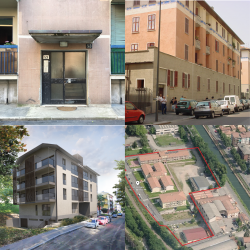
Lombardy Region has nominated a pilot project “Gratosoglio 2.0 Sustainable Strategies for a large public district” (52,326 mln euro) and 2 urban regeneration projects: Milan, Mazzini District (admitted with reserve, 15 mln euro) and Varese, Montello District and Pavia, former Slaughterhouse Area (14,505 mln euro)
MILANO, Gratosoglio District
“Lombardy Region has nominated a pilot project “Gratosoglio” is the title that identifies the Pilot Project that Regione Lombardia has presented within the PINQuA call for proposals.
Gratosoglio is a peripheral area, at the southern border of the city, but it is also an important neighborhood at the entrance of the city, in the…
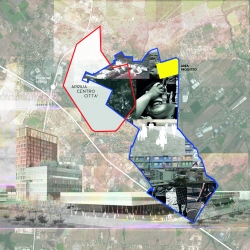
The social and urban transformations taking place – with the PinQUA and PNRR national programs and plans, need to innovate their conventional framework. The experience of the Carroceto Urbanization Consortium and the City of Aprilia (LT), currently being implemented, offers a framework of services updated to the new uses of the city and its living.
The City for All Ages aims to put in place, towards the near future, a multipurpose plexus of public and private services, which focuses on global accessibility, sustainable mobility, the quality of living and life of citizens of different ages, from the youngest to the…
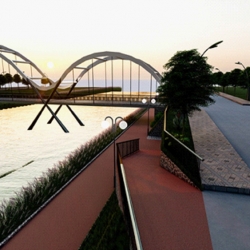
Lamezia Spazio-Generazione 2021is the project of the city of Lamezia Terme and its districts that, through the construction of an innovative participatory path/process/project, promotes a new way of living the territory in the post-pandemic era. Not only interventions to improve the building heritage but virtuous transformations with the person at the center and his need-right to live in an urban space of quality, involving the socio-economic and physical-spatial assets of contemporary living. With a dynamic and multidisciplinary approach, open, inclusive and strongly participatory, the project manages to re-think the new peripheries of the territory as new aggregating centers of…
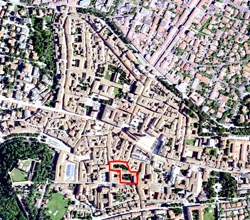
Located in the historic center of Cesena, Palazzo Roverella historically represents a place not permeable with the external context, despite being crossed by passages and access doors that connect the public streets and has a central position and barycentric to the system of squares and functions of urban rank. Its historical function, settled in the memory of the city – shelter for the elderly, the “vecchioni” – makes it a place perceived as marginal, closed within itself, not connected with the surrounding urban system. Its centrality, however, is the added value to be able to build a strategy of…
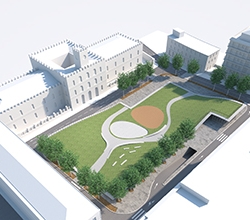
The metropolitan area of Chieti-Pescara hosts more than one fifth of the population of Abruzzo and presents a constant increase in population; on the contrary, Chieti sees a strong decrease in favor of the agricultural areas of the municipalities in the surrounding area, affected instead, by a phenomenon of constant land consumption.
The area most affected by depopulation is the historic center of the city of Chieti that currently appears disconnected from its metropolitan area especially for poor inter-connectivity and support services for housing and mobility.
The project “La Via Dei Conventi” aims to encourage processes of re-functionalization of the area,…
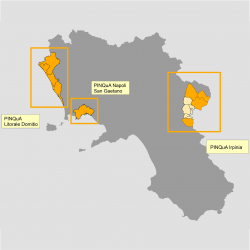
The Campania Region has participated with ACER ( Agency Campania Residential Housing) in the PINQuA (National Innovative Program for the Quality of Living) with a proposal articulated on three different places of the regional territory, strategically connected but differently characterized by themes and functions. Three possible modalities and themes of contemporary social living: the dense city, the peri-urban countryside and the inland areas of Campania.
For the theme of urban density, the San Gaetano district, in the northern suburbs of Naples, has been chosen. The intervention refers to a pilot project for the redevelopment of the entire neighborhood both at…
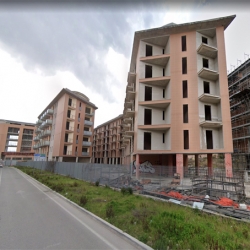
Ponte san Giovanni is a settlement situated on the banks of the Tiber river at about 7 km from the center of Perugia, that in a bit more than fifty years reaches 20.000 inhabitants becoming one of the most populous quarters of the city. The demographic development of the district, grown in a flat area between the river Tiber, the railway line and a road system of national interest such as the E45, has been developing at the same time with the development of industrial, commercial and, more recently, services, accompanied by a significant building activity of private and…
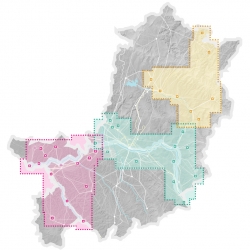
Since its establishment, the Metropolitan City of Florence has proposed itself as an intermediate agency, capable of activating practices of Governance and Cooperation at different levels.
With the Metropolitan Strategic Plan (2017) and its updates (2018-2021), the Bando Periferie (2016) and the Metropolitan Territorial Plan (2020-2021), the Metropolitan City has built a network/coalition of actors (vertical and horizontal) able to ensure greater effectiveness of government action, starting from an integration of public and private decision-making networks.
The three proposals for the Pinqua competition follow this path which has led the Metropolitan City of Florence, with the support of the Regional Design…
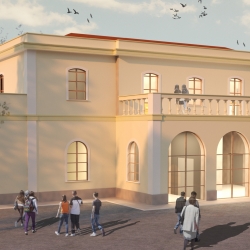
The Umbria Region has joined the National Innovative Program for the Quality of Living (PINQUA) with two projects that enhance the regional heritage and increase social housing.
Living Umbria: emotions in movement
The intervention aims at the valorization and socio-economic redevelopment of a vast regional territory crossed from north to south by the Umbrian Central Railway (FCU). The re-functionalization of public spaces and buildings is activated through the reuse of the buildings of the FCU and in particular of the stations or parts of them not used that are re-functionalized and converted in part to residential use.
The regeneration of the socio-economic…

The proposal of the Municipality of Prato, candidate for the contribution to the interventions foreseen by the National Innovative Program for the Quality of Housing that finances proposals up to 15 million euros, concerns the district of Soccorso and Macrolotto Zero/San Paolo and is part of the strategies of the administration to increase the offer of public housing and regenerate degraded urban areas, characterized by housing tension and lack of services.
This policy has already been initiated through the realization of the PIU (Urban Innovation Project) and the undergrounding of the Declassata with the creation of the linear park of Soccorso….









